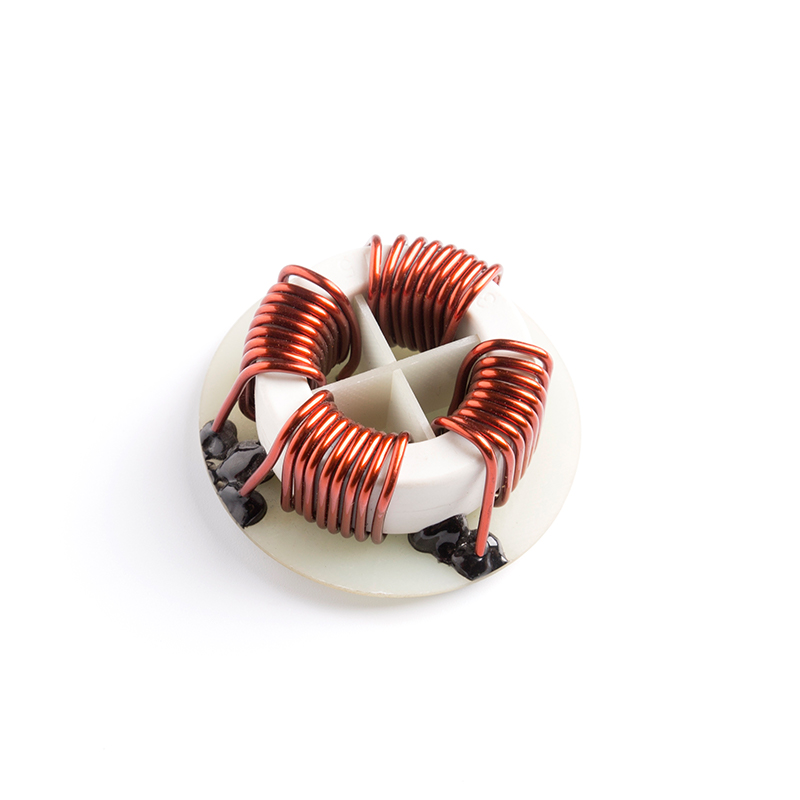As technology advances, so too does the demand for more efficient, compact, and reliable electronic components. Amorphous nanocrystalline filter inductors are poised to play a pivotal role in meeting these demands, driven by ongoing innovations in material science, manufacturing techniques, and application-specific designs. Let’s examine some of the key trends and future directions in this exciting field.
Advancements in Material Science
One of the most promising areas of development is the continued refinement of amorphous nanocrystalline materials. Researchers are exploring new alloy compositions and processing techniques to further enhance the magnetic properties of these materials. For example, the addition of rare earth elements or other dopants can improve saturation flux density and reduce core losses even further.
Another area of interest is the development of hybrid materials that combine amorphous nanocrystalline alloys with other advanced materials, such as graphene or carbon nanotubes. These hybrids could offer unprecedented levels of performance, opening up new possibilities for ultra-efficient inductors.

Integration with Emerging Technologies
As industries such as electric vehicles (EVs), renewable energy, and 5G telecommunications continue to evolve, the need for specialized inductors tailored to these applications becomes increasingly apparent. For instance, in EVs, there is a growing demand for inductors that can operate efficiently at high frequencies and temperatures, while also being lightweight and compact. Amorphous nanocrystalline filter inductors are well-suited to meet these requirements, and ongoing research is focused on optimizing their performance for EV-specific applications.
Similarly, in the realm of renewable energy, advancements in grid-scale energy storage and smart grid technologies are driving the need for high-performance inductors capable of handling large amounts of power with minimal losses. Amorphous nanocrystalline materials are being integrated into transformers and inductors used in these systems, enabling more efficient energy transfer and distribution.
Miniaturization and Scalability
The trend toward miniaturization is another key driver of innovation in amorphous nanocrystalline filter inductors. As electronic devices become smaller and more portable, there is a corresponding need for components that can deliver high performance in a compact form factor. Advances in core fabrication techniques, such as precision laser cutting and 3D printing, are enabling manufacturers to produce inductors that are not only smaller but also more customizable.
Scalability is also a critical consideration, particularly for mass-market applications. Manufacturers are investing in automated production lines and advanced robotics to streamline the manufacturing process, reduce costs, and increase throughput. This scalability will be essential for meeting the growing demand for amorphous nanocrystalline filter inductors in consumer electronics, automotive, and industrial sectors.

 English
English 中文简体
中文简体 Deutsch
Deutsch 日本語
日本語

 View More >>
View More >> View More >>
View More >> View More >>
View More >> View More >>
View More >> View More >>
View More >> View More >>
View More >> View More >>
View More >>